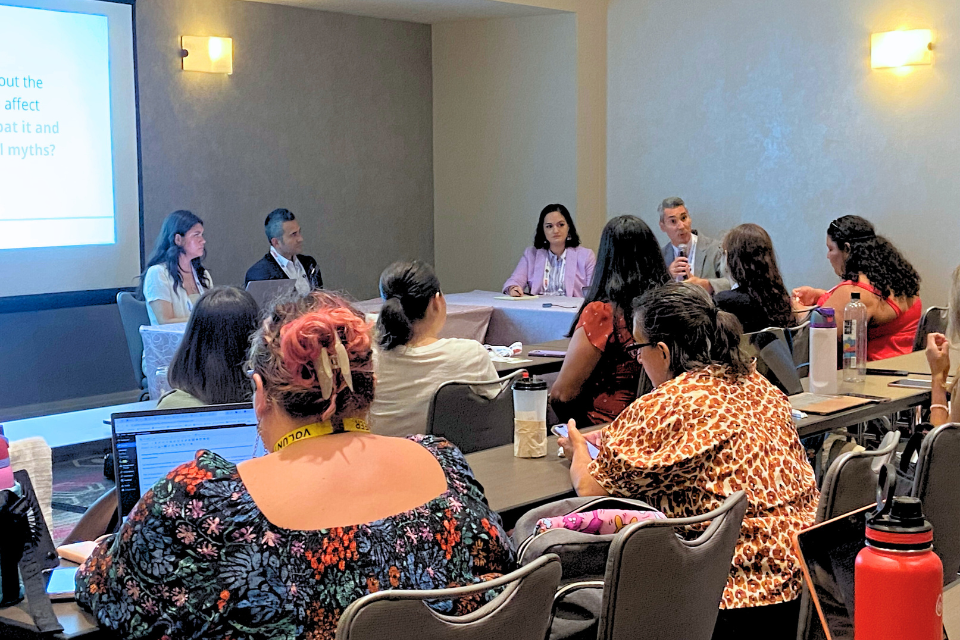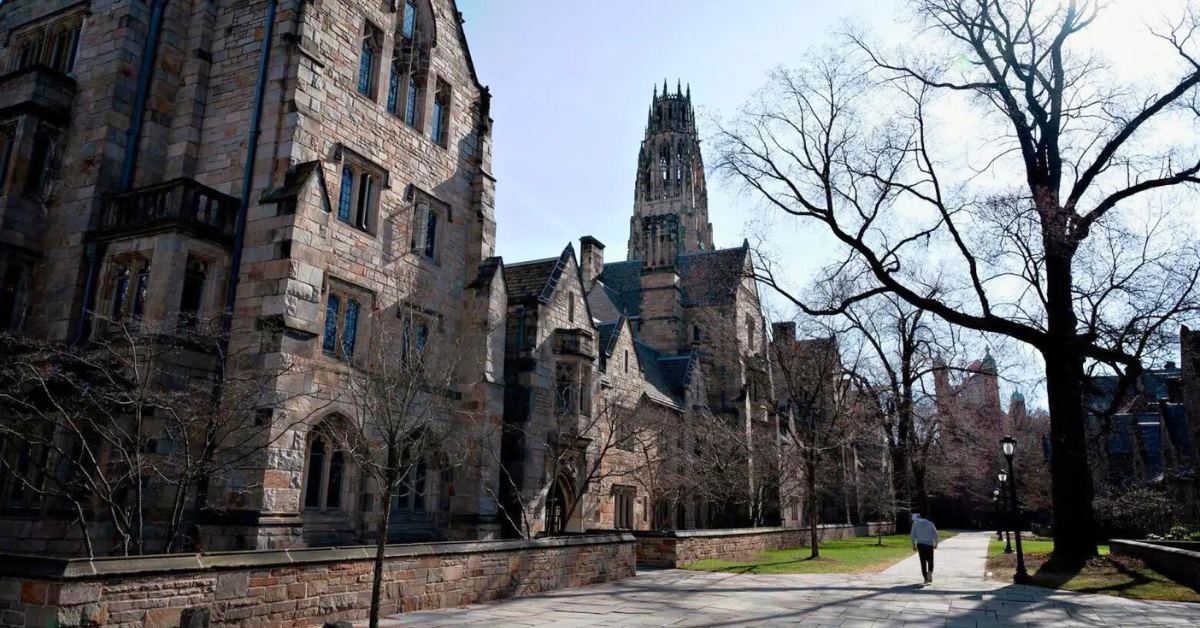By Linda Tishler Levinson
Life is a struggle for Fernando Rodriguez. For the last seven years, the 78-year-old Southbury man has been caring for his wife, Antonia, 82, who has Alzheimer’s disease. He describes caring for his wife as “a nightmare.”
“It is very, very difficult,” he said.
Rodriguez and his wife had moved to Florida when he began to notice that she was asking odd questions. She had trouble becoming familiar with the area. She often repeated herself. Since her diagnosis, they have moved to Southbury.
Those early symptoms led Rodriguez to take her to the doctor. She was diagnosed with Alzheimer’s in 2005. As the disease has progressed, she has needed increasingly more care.
Today, he is responsible for everything, including bathing her. He describes taking care of her bathroom and hygiene needs as very challenging.
“It’s a fiasco, really,” he said.
Rodriguez is far from alone. According to a March 2012 report from the Alzheimer’s Association, 5.4 million Americans are living with Alzheimer’s disease. In 2010, the most recent year for which state statistics are available, 70,000 people in Connecticut had Alzheimer’s disease.
The disease is more common among Hispanics and African-Americans than among whites. A 2010 association report states that “older African-Americans are probably about two times more likely than older whites to have Alzheimer’s and other dementias. Older Hispanics are probably at least one and one-half times more likely than older whites to have these conditions.”
According to a 2006 Health and Retirement Study by the association, the proportion of the U.S. population of those ages 65 to 74 with Alzheimer’s was 2.9 percent for whites, 9.3 percent for Hispanics and 12.4 percent for African Americans.
Effects of Stigma
“It’s a challenge in all populations, but it’s a challenge in this population as well,” Christianne Kovel, senior director of communications for the Alzheimer’s Association of Connecticut, said of Alzheimer’s and the Latino community.
Among the challenges for Latinos are awareness and the effects of stigma, Kovel said. Some people may be unaware of the signs of Alzheimer’s disease, while others may live in denial because they fear a cultural stigma of having dementia.
“In all cultures, there are different barriers,” Kovel said.
The association is working to get past those barriers and offer help by increasing its outreach to diverse populations, she said.
“Early diagnosis and treatment will help with quality of life,” she said.
There are five drugs on the markets that can help with the symptoms of Alzheimer’s, but they can only help if their use begins in the early stages of the disease.
10 Warning Signs
The association stresses that everyone should know the 10 warning signs of Alzheimer’s disease. They are:
- Memory loss that affects daily life.
- Challenges in planning or solving problems.
- Difficulty completing familiar tasks at home, at work or at leisure.
- Confusion with time or place.
- Trouble understanding visual images and spatial relationships
- New problems with words in speaking or writing
- Misplacing things and losing the ability to retrace steps
- Decreased or poor judgment
- Withdrawal from work or social activities
- Changes in mood and personality
The benefits of early diagnosis, in addition to the possible use of medication to help with symptoms, is that the person with Alzheimer’s and their family can make plans before the disease progresses, Kovel said.
To help reach out to the Latino community, the association has established a Latino portal on its website.
Information specific to Connecticut is available at www.alzct.org
Help is also available through the association’s 24-hour help line, 1-800-272-3900. Help is available at that number in multiple languages, including Spanish, Kovel said.
Photo by Ana Arellano



